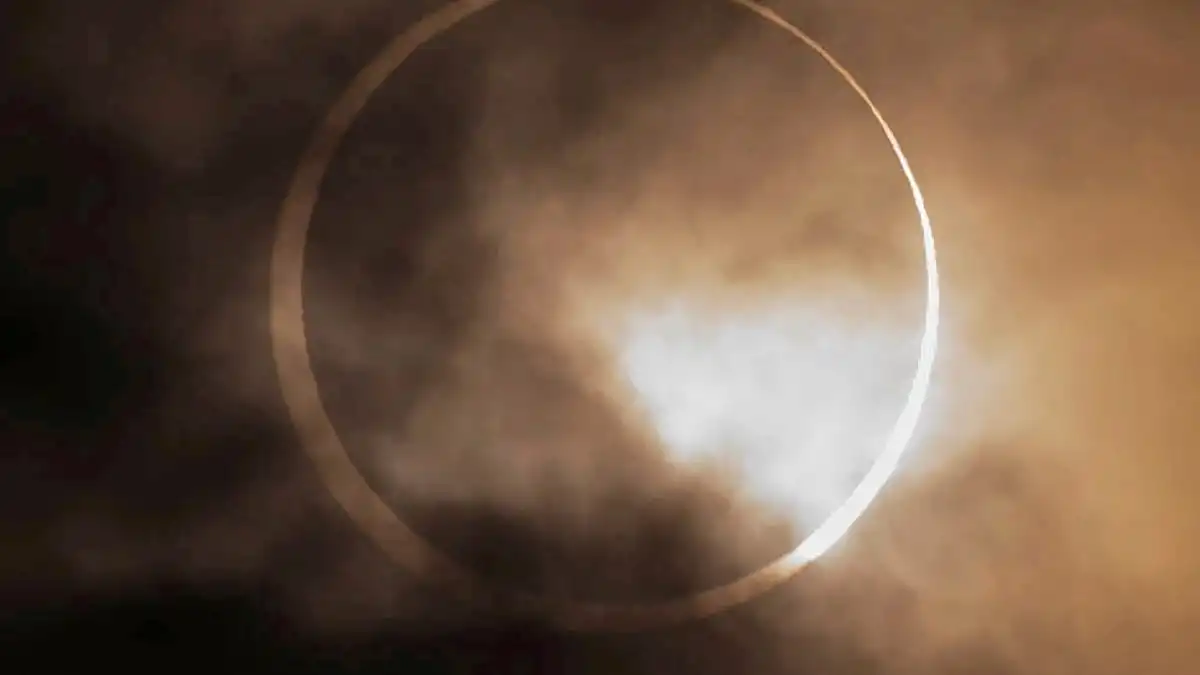Difference between solar eclipse and lunar eclipse
Millions prepare for rare total solar eclipse passing over Mexico, US, and Canada. Learn the difference between solar and lunar eclipses.
Millions of excited Americans are gearing up to witness the highly anticipated total solar eclipse as it makes its way over parts of Mexico, the United States, and Canada. This rare event, where the moon completely blocks out the sun, creating an eerie darkness, is a once-in-a-lifetime experience that won't happen again until 2044.
But what exactly makes a solar eclipse so special, and how does it differ from a lunar eclipse? An eclipse occurs when a celestial object passes between two others, blocking the view. In the case of a solar eclipse, the moon comes between the Earth and the sun, casting a shadow and plunging the area into darkness for a few minutes. This phenomenon, known as totality, allows observers to see the sun's corona, creating a breathtaking sight that even affects animals, causing nocturnal creatures to stir and birds and insects to fall silent.
On the other hand, a lunar eclipse happens when the Earth blocks the sunlight that normally reaches the moon, resulting in a red hue known as the "blood moon." The main differences between the two types of eclipses lie in their duration and frequency. Lunar eclipses can last for hours and occur more frequently, while solar eclipses are shorter and rarer. Additionally, lunar eclipses can be viewed directly without special equipment, whereas solar eclipses require proper viewing glasses to protect your eyes from the sun's harmful rays.
As we prepare to witness this awe-inspiring event, let's remember the significance of the solar eclipse and the wonder of nature's celestial dance. Enjoy this once-in-a-lifetime experience and make sure to protect your eyes while marveling at the beauty of the universe.











Comments on Difference between solar eclipse and lunar eclipse